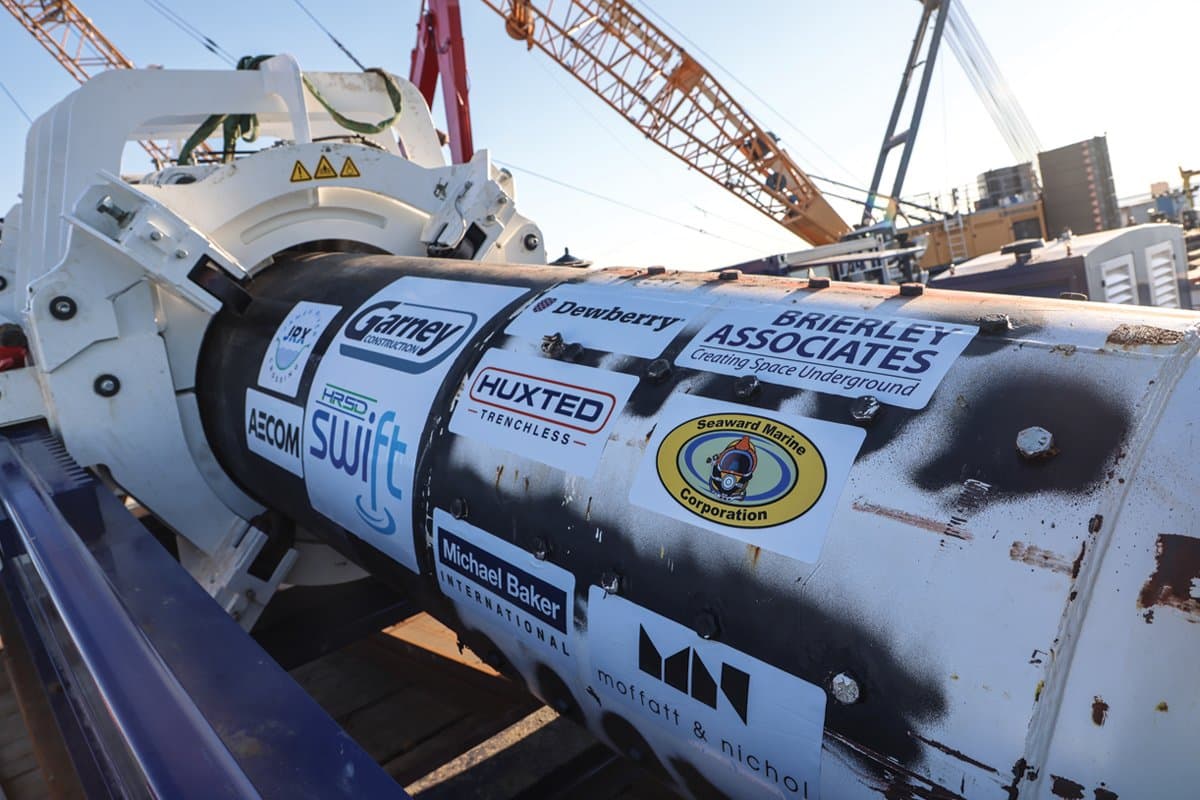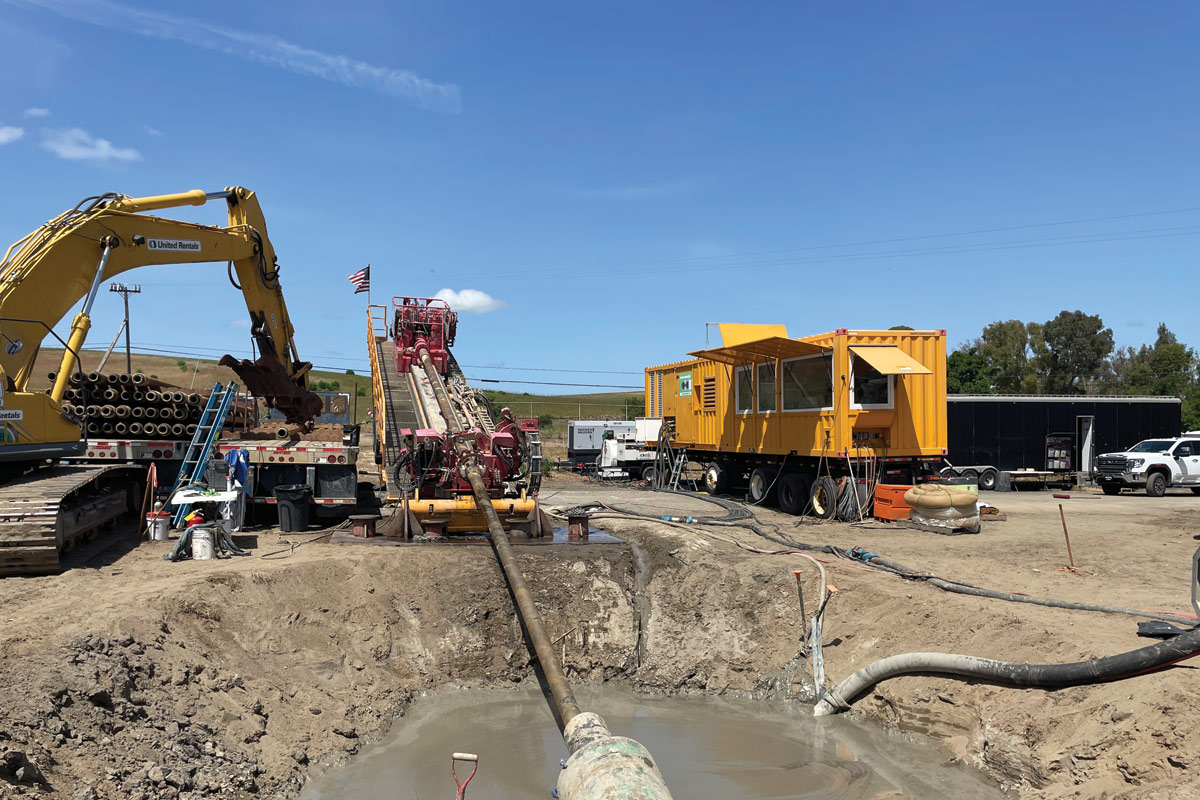Drill Master: Understanding Calibration
Calibrate Ð one of the definitions per Webster’s Dictionary is as follows:
“To standardize (as a measuring instrument) by determining the deviation from a standard so as to ascertain the proper correction factors.”
What happens at calibration and what is being calibrated are two of the more commonly misunderstood aspects of a locating system.
Referring to the definition above, we are comparing to a standard. The standard when you calibrate an HDD locator is signal strength. In other words, when you calibrate, you measure the signal strength coming from your transmitter at a prescribed distance and you assign the signal strength a numerical value. In the United States, this is most typically an inch measurement, while our colleagues overseas prefer the centimeter.
Once the signal strength reading has been recorded, the receiver now has the proper information stored in its memory that allows it to calculate — based on any signal strength received — a depth measurement. It should be noted that the calibration procedure only involves the depth signal; the roll pitch readings are not in any way affected or “calibrated.”
Know Your Signal Strength
Given that your signal strength is just another form for the depth readings, it can be very handy to write down or memorize the signal strength. This is for two reasons. First, the signal strength is an excellent indicator of the health of your transmitter, and second, this number can get you out of a jam if you need to recalibrate with your transmitter in the ground. If you know what your calibration signal strength is, you can use this knowledge to calibrate a second receiver if the roach coach runs over your receiver.
Calibrate in a “Clean” Environment
Since the calibration is in essence a signal strength measurement, it is important for accurate calibration that the signal from the transmitter is not interfered with in any way. This means that the area where the calibration takes place should be free from both active and passive interference. In essence, do not calibrate your receiver where there are live utilities or metal in the immediate area.
Although the calibration is important, it is just as important to check it. Just because the depth reading at your calibration distance is correct, it does not mean that the calibration itself is good. Using a tape measure, check the depth readings at two other distances to verify the accuracy of your calibration. If the calibration is not as good as you would like, move the drill head 20 to 30 ft (6 to 9 m) to a different location and recalibrate. This is on the assumption that some unknown in-ground interference source caused the bad calibration.
How Often Should I Calibrate?
Many drillers are in the habit (or are required) to calibrate their receivers on a daily basis or before every shot. This is not necessary since most receivers will hold their calibration for an extended time. Given what was discussed earlier about interference, it may actually be detrimental to calibrate too often since that can increase the likelihood of a bad calibration.
There are, however, situations when calibration is required.
- You will need to calibrate when you change from one transmitter type to another (i.e. from a standard to long range and also when you change from one receiver to another).
- You will need to calibrate if you change from one drill head/transmitter housing to another.
- You will need to calibrate if your receiver does not read the correct depth after you have ensured that you are not in a high electrical interference area or near metal objects.
Remember, metal weakens signal strength there by resulting in greater than expected depth readings. It is also normal for a transmitter to lose some signal strength as it ages.
Conclusion
A good calibration is essential for accurate depth readings. Since this is the standard that all depth measurements are based on, the calibration needs to be performed precisely and in an area where no interference is present. A thorough driller will also check their calibration at a number of different distances to verify the accuracy of the calibration. Also remember, if you have a good calibration and have checked it, there is no need to re-calibrate.




